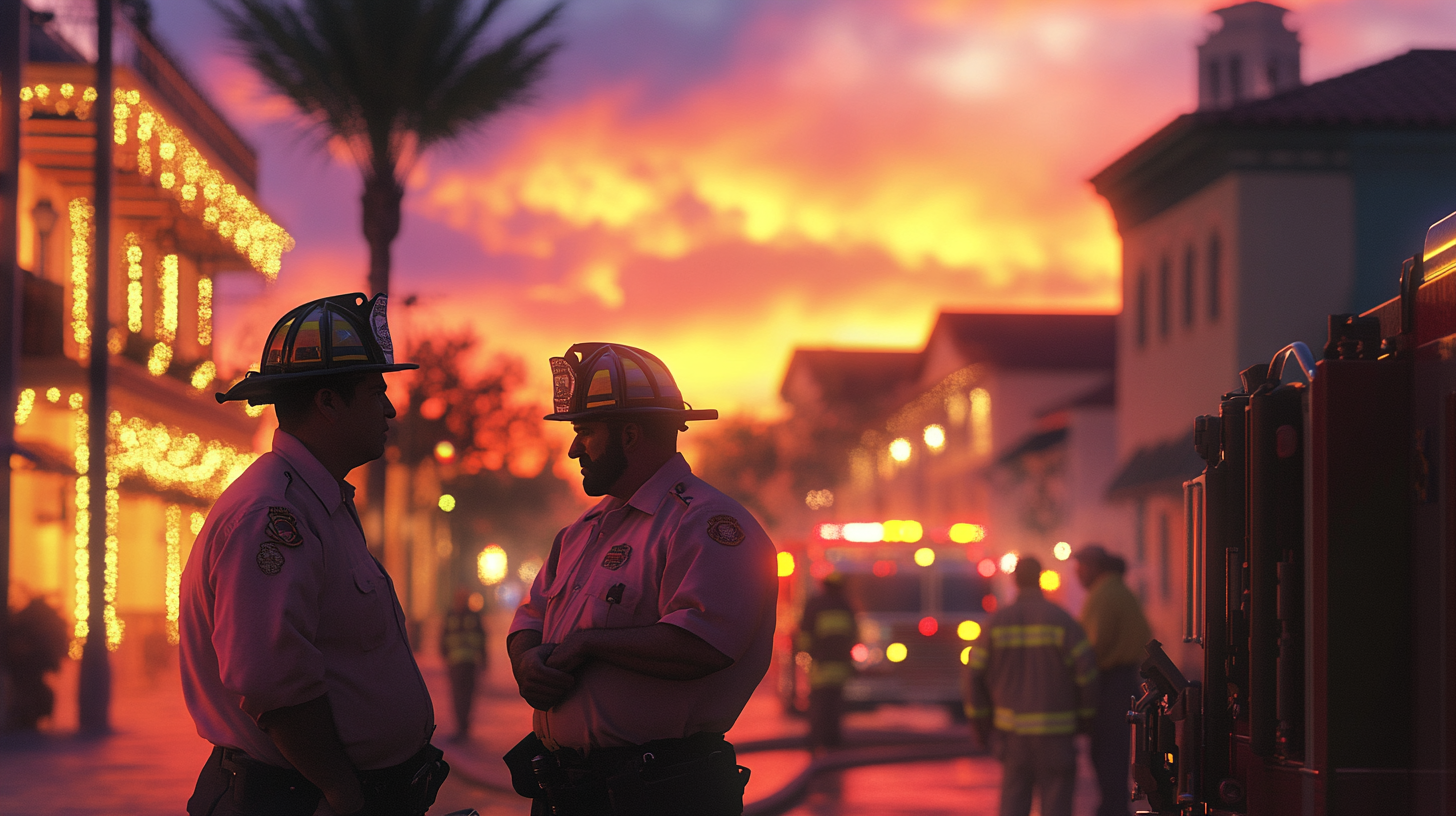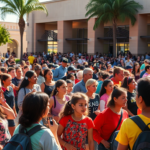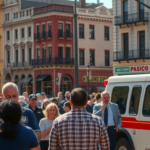Mission City Leaders Gain Insight Through Firefighter Training
In an effort to bridge the gap between city officials and emergency response teams, Mission city leaders recently participated in an immersive firefighter training exercise. This hands-on experience allowed them to better understand the rigorous challenges faced by firefighters daily, a critical step as the city council evaluates equipment needs for the expanding Mission Fire Department.
The Training: Immersive Experience for Leaders
Led by the department’s own firefighters, the training involved scenarios such as handling a mock house fire, highlighting the physical and mental demands of the job. Fire Chief Mike Silva spearheaded this initiative, emphasizing the importance of firsthand experience for city officials, who are instrumental in approving resources and budgets for the fire department.
“What we’re trying to get out of this whole ordeal is to get our city leaders to understand what we go through on a daily basis,” stated Chief Silva. He underscored how understanding the intricacies and challenges of firefighting is vital for informed decision-making regarding necessary equipment purchases and department expansions.
Mission’s Mayor, Norie Gonzalez Garza, was among the officials who participated in the exercise. She expressed newfound appreciation and understanding for the firefighters’ duties. “I truly have a new perspective of what a firefighter goes through on a daily basis,” stated Mayor Garza. “This experience will certainly aid in supporting our fire department more effectively.”
Modernizing Mission’s Fire Department
The training occurs during a period of growth for the Mission Fire Department, which has recently taken steps to provide its own emergency medical services. As this expansion continues, ensuring city council members are well-informed of the department’s evolving needs is critical. The exercise serves to shorten the knowledge gap, fostering a supportive environment for future initiatives and addressing equipment and personnel requisites that can enhance service delivery to Valley residents.
The feedback from the leaders post-training has been positive and illuminating, making the case for continued interaction and engagement between city authorities and frontline responders. This initiative is part of a broader move towards a more integrated municipal management approach, aligning public services with the actual needs on the ground.
Impact on the Rio Grande Valley Community
The immediate beneficiaries of such initiatives are the Valley residents who rely on swift and efficient emergency services. An informed city council can better authorize budgets and initiatives to improve the fire department’s infrastructure and capabilities, potentially reducing response times and improving overall public safety. Moreover, this kind of training highlights the collective responsibility and communication avenues between emergency responders and local government officials.
Beyond the logistical and operational benefits, this training is a testament to the city’s commitment to safety, transparency, and community interest in South Texas. By actively involving city leaders, Mission sets a precedent for other cities within the Rio Grande Valley, encouraging collaboration and proactive governance models.
Learning from Past Initiatives
Communities within the Valley have historically advocated for closer collaboration between government officials and public service departments. This initiative follows recent discussions on adequate resource allocations for city departments and echoes the broader regional desire for transparency and hands-on engagement as demonstrated through various local government programs.
Additionally, parallels can be drawn with Harlingen’s efforts in tackling its local issues through dedicated task forces. Mayor Garza’s discussion about the study on Harlingen’s homeless population was an integral part of the dialogues aimed at resolving existing socio-economic challenges in the RGV.
Future Implications for the Community
Moving forward, the success of this collaboration could inspire similar exercises across various departments within Mission and neighboring cities. By fostering understanding through experiential learning, city officials can cultivate more robust policies and community engagement practices, ensuring that all residents of the RGV are equipped with responsive public services.
Local residents and community stakeholders are urged to engage with these initiatives actively. Opportunities to participate include public forums and panels that discuss the trajectory of such projects. Moreover, local resources like community newsletters and city council meetings serve as information outlets for the latest developments.
Balanced Perspectives: Community and Officials
While the benefits of this initiative seem clear, it is essential to consider the broader fiscal impact on the community. Allocating city budgets towards such engagements and understanding any constraints is crucial. Some residents may question whether such expenditures will translate to tangible improvements in their day-to-day lives. Therefore, transparent communication and ongoing dialogue with community members are key to maintaining trust and stakeholder buy-in.
The Mission city officials’ firefighter training represents a significant step towards enhanced public service alignment in the Rio Grande Valley. By prioritizing hands-on leadership development and resource optimization, the city demonstrates its commitment to safety, preparedness, and community well-being, ultimately strengthening its resilience and readiness in emergency situations.







